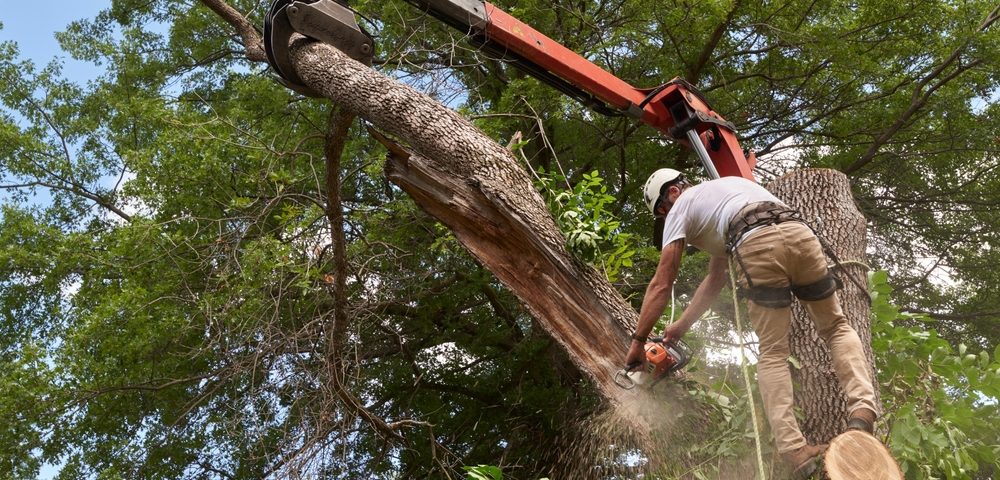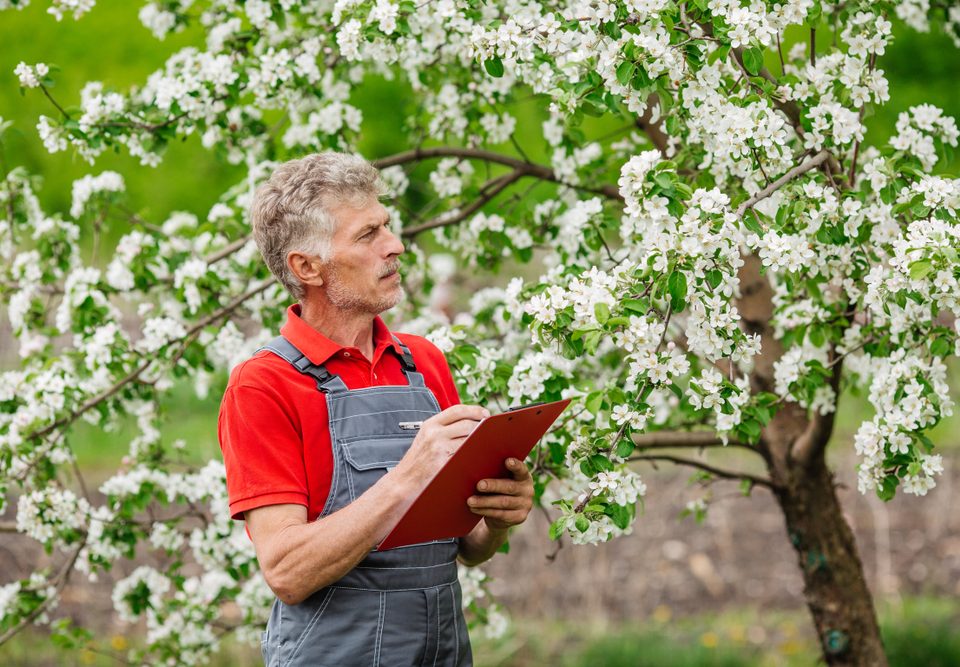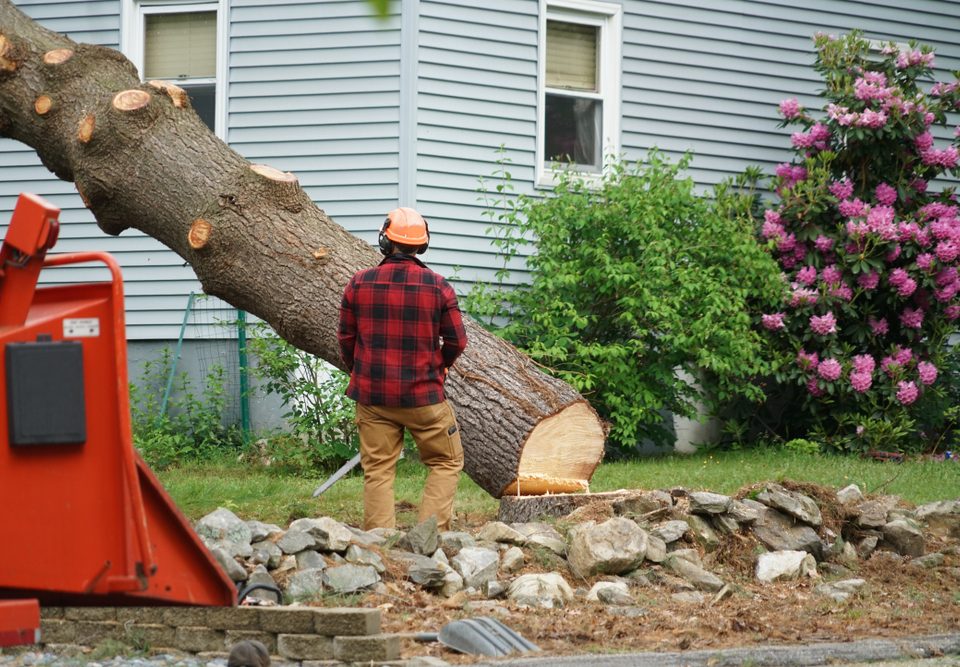Unmasking Tree Troubles: Recognizing Common Signs of Tree Disease and Effective Solutions

The Top Reasons to Hire a Tree Company for Your Arboreal Needs
December 6, 2023
Understanding the Most Common Reasons for Tree Removal
April 3, 2024Unmasking Tree Troubles: Recognizing Common Signs of Tree Disease and Effective Solutions
Healthy trees are essential for the well-being of our environment, providing shade, oxygen, and aesthetic appeal. However, like any living organism, trees are susceptible to diseases that can compromise their vitality. Recognizing the signs of tree disease early on is crucial for prompt intervention and effective management. In this blog, we will explore some common indicators of tree disease and the recommended strategies for addressing them.
1. Leaf Discoloration:
Discolored or abnormal foliage can be a telltale sign of underlying health issues. Yellowing, browning, or spotting on leaves may indicate nutrient deficiencies, fungal infections, or pest infestations. Conducting a thorough examination of the leaves can help determine the specific problem and guide appropriate treatment.
Solution:
Address nutrient deficiencies through fertilization, ensuring the tree receives essential elements like nitrogen, phosphorus, and potassium. For fungal infections, consider applying fungicides, and for pest issues, implement integrated pest management strategies or consult with a professional tree service.
2. Premature Leaf Drop:
If a tree sheds its leaves outside of the normal seasonal pattern, it may be a sign of stress or disease. Premature leaf drop can result from factors such as root rot, bacterial infections, or infestations by insects like aphids or caterpillars.
Solution:
Identify the underlying cause through a professional tree inspection. Implementing proper watering practices, improving soil drainage, and applying appropriate treatments can help restore the tree’s health and prevent further leaf drop.
3. Cankers and Lesions:
Cankers, or sunken areas on the bark, and lesions on branches are indicators of infections caused by bacteria or fungi. These can compromise the tree’s structural integrity and lead to further decay.
Solution:
Prune affected branches to remove infected areas, and apply fungicides or bactericides as recommended by tree care professionals. Proper sanitation practices, such as cleaning pruning tools between uses, can also prevent the spread of diseases.
4. Abnormal Growth Patterns:
Wilted, distorted, or stunted growth can signal a variety of problems, including root issues, viral infections, or infestations by destructive pests.
Solution:
Investigate the root system for signs of damage or decay, and address the underlying cause. Treat viral infections with appropriate measures, and consider pest control methods to protect the tree from further harm.
Early detection of signs of tree disease is essential for effective treatment and preventing the spread of infections. While some issues can be addressed through basic maintenance practices, consulting with a professional tree care service ensures accurate diagnosis and tailored solutions, safeguarding the health and longevity of your trees. Regular inspections and proactive care are key to preserving the beauty and benefits that healthy trees bring to our surroundings.
If you’re looking for tree removal baton rouge la, tree service baton rouge, or tree removal give our experts at Tree Surgery by Ricky Vincent a call!



